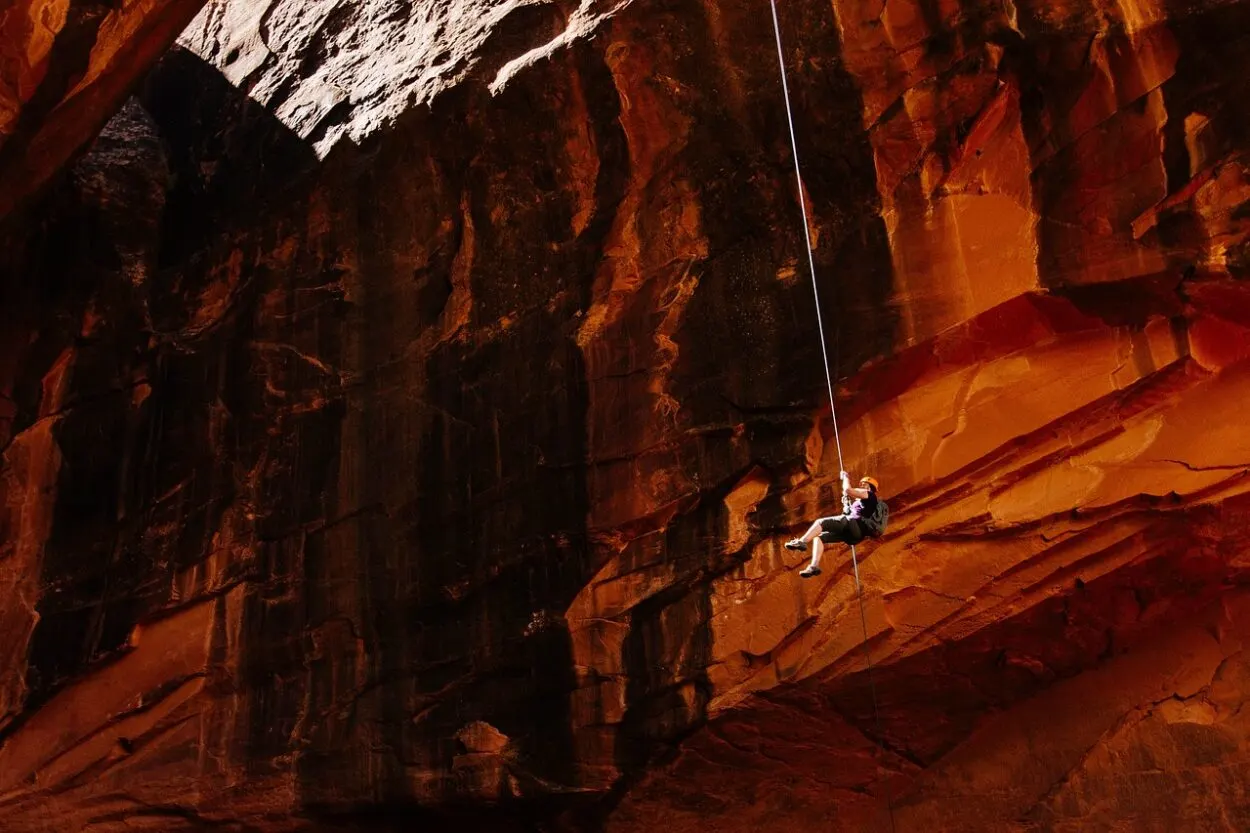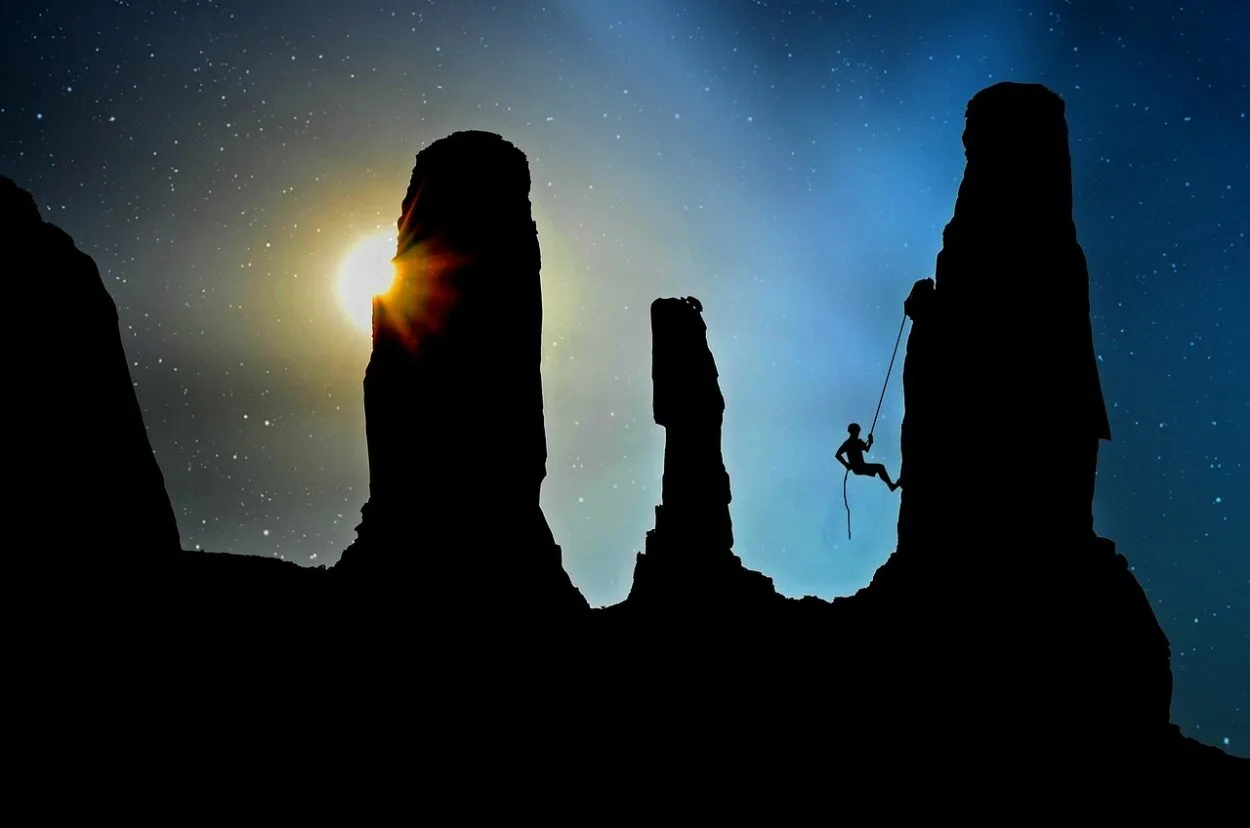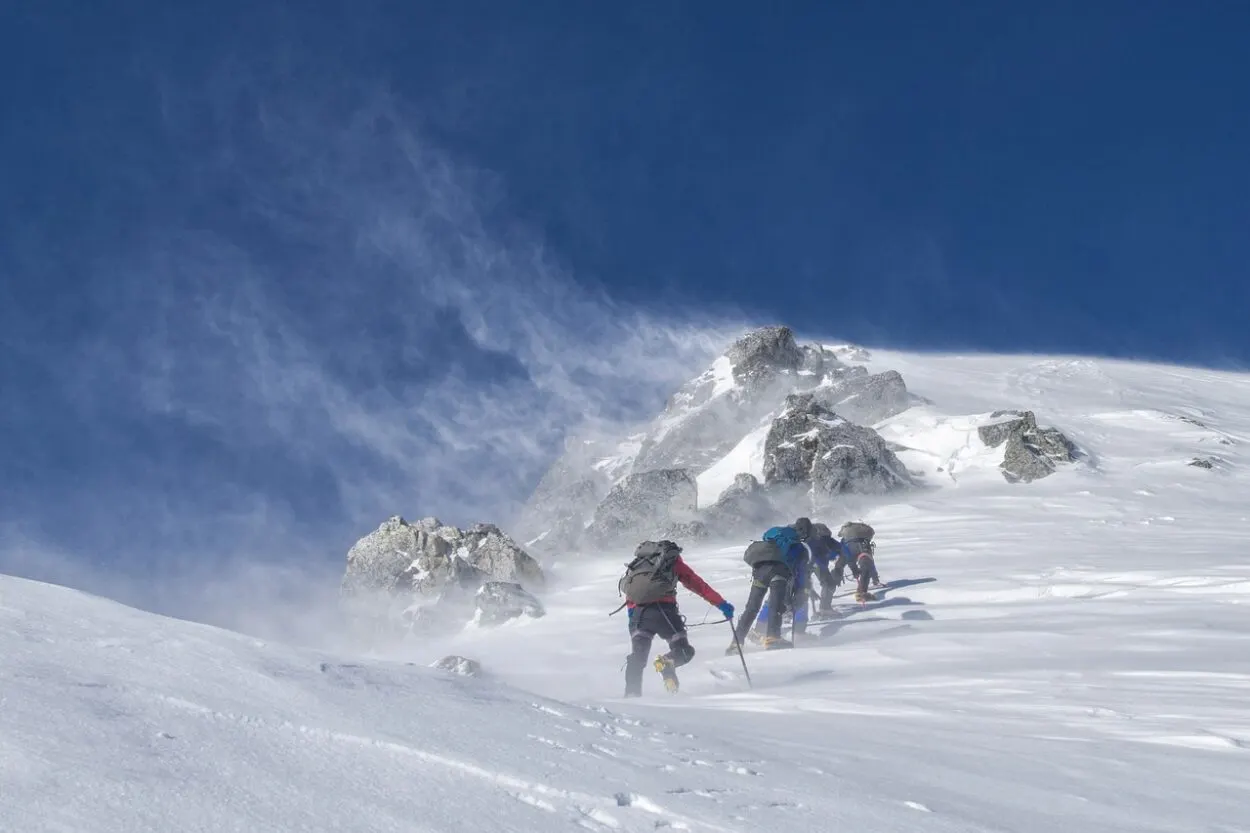Country music icon Hank Williams Jr. set out on an excursion in the untamed mountains of Montana that could foreverlastingly change his life direction. He experienced horrendous facial wounds in a close deadly fall while hiking, requiring huge reconstructive medical surgery.
Besides the fact that this event put his life in danger, it likewise flagged a shift in course for his career, moving him away from conventional country sounds.
It was August 8, 1975. Hank Williams Jr., the country music industry’s latest great star, was riding high after the success of his breakthrough album, “Hank Williams Jr. & Friends.” But everything almost fell apart in an instant.
A seemingly routine mountain climbing trip in Montana took a dramatic turn when fate threw him into a survival struggle that would change his life forever and completely reshape his artistic path.
Hank Williams Jr.’s journey over the Montana Rockies tested not only his physical strength but also fundamentally altered his musical identity. It was a treacherous ascent and a life-altering fall.
In this article, we will go into the specifics of the incident, the difficulties Williams encountered in healing, and the changes in Williams’ music as a result of this life-changing event.
The Fall And Fight For Life
On August 8th, Williams, then 26, ascended the treacherous slopes of Ajax Peak with a friend. Snow masked the hidden dangers, and disaster struck suddenly. When a snow bridge gave way, he fell 500 feet down a rocky cliff. Despite suffering many skull fractures and severe facial damage, he amazingly managed to hold onto his life.
Rescue was a dangerous hustle. He was taken to the hospital by helicopter, which braved strong gusts to deliver him, where a team of five physicians performed a seven-hour surgery. Physicians were initially pessimistic, but Williams overcame the odds with an unbreakable spirit.
The next two years were an excruciating journey filled with excruciating operations, rigorous rehabilitation, and excruciating uncertainty for Hank. The fall had left scars on his once-vibrant face, and it was unclear if he would ever sing again.

Picking Up The Pieces
Looking at his fractured reflection was a daily confrontation with the consequences of his ordeal. Yet, instead of surrendering to despair, Williams embraced the challenge. He shaved his head and donned his signature sunglasses and hat, not to hide, but to reclaim his identity.
During this vulnerable time, Williams found solace in faith and family. His godmother, June Carter Cash, and her husband, Johnny Cash, offered unwavering support and spiritual guidance. They became anchors in the storm, reminding him of his inner strength and artistic destiny.
As his physical wounds healed, a spark of defiance flickered within him. He began playing guitar again, the music serving as a conduit for his pain and an expression of his unwavering spirit. This was the genesis of a new sound, raw and introspective, reflecting the profound depths he had traversed.
From Scarred Face To Rebellious Roar
In 1978, he emerged from the shadows with “Family Tradition,” an album steeped in the bluesy defiance of his father’s early works. He challenged the Nashville establishment, injecting rock and roll energy into his sound and pushing the boundaries of traditional country.
His songs turned became a rallying cry for the marginalized, the downtrodden, and the rebellious souls. Audiences were moved by songs like “Whiskey Bent and Hell Bound” and “All My Rowdy Friends Are Coming Over“ because they could relate to his unadulterated vulnerability and rebellious attitude.
He developed his “outlaw” persona, dressing in a cowboy hat and facial hair, and his scars became a representation of his fortitude and defiance. This character was more than just a ploy; it was a representation of his journey, a guy who met death head-on and roared back, bigger than before.


Beyond The Scarred Face
A Legacy Of Overcoming:
Beyond the rebellious image, Williams remained a deeply introspective songwriter, delving into themes of faith, family, and loss. Songs like “A Country Boy Can Survive” and “Living Proof” offered glimpses into the emotional scars beneath the tough exterior, showcasing his profound vulnerability and growth.
Giving Back:
Recognizing the importance of support he received, he became a vocal advocate for spinal cord injury research and founded the Hank Williams Jr. Museum & Fan Center in Montgomery, Alabama.
Enduring Relevance:
Many years after his demise, Hank Williams Jr’s. music still has an impact on audience members, of all ages. His story of prevailing over difficulty is as yet a motivation, showing that even the most extreme injuries might develop into symbols of honor and that persistence can light a fire that defines not a person but an entire genre.

A Look Back, A Legacy Forward
| Album | Year | Notable Songs | Key Themes |
|---|---|---|---|
| Family Tradition | 1978 | Whiskey Bent and Hell Bound, All My Rowdy Friends Are Coming Over | Rebellion, Blues Influence |
| Living Proof | 1987 | A Country Boy Can Survive, Living Proof | Resilience, Vulnerability |
| Wild Streak | 1988 | There’s a Tear in My Beer, Honky Tonkin’ Blues | Pain, Hard Living |
| I’m Hank Williams Jr. | 1989 | A Drunken Angel (The Closing Of Paradise), My Name Is Bocephus | Self-Reflection, Outlaw Identity |
| Rebel Meets the Highway | 1990 | Keep America Working, Men Are From Mars, Women Are From Venus | Patriotism, Gender Roles |
| Three Hanks: Men with Broken Hearts | 1993 | If You’re Willing to Wait (For Me), That’s All Right Mama (Sung with Hank Williams) | Family Legacy, Loss |
| A Country Boy Can Survive | 1995 | This One’s for You, I Wonder If Anyone’s Watching Me | Gratitude, Reflection |
| The Naked Cowboy | 1999 | My Life in Stereo, Honky Tonk Night Time Man | Celebration, Self-Portrait |
| Redneck Nation | 2001 | America Will Survive, The Devil Knows My Name | Patriotism, Personal Demons |
| The Road Goes On Forever | 2004 | If the South Would Rise Again, Old School | Nostalgic Reflection, Social Commentary |
| Eighteen Wheels and a Dozen Roses | 2008 | That Ain’t My Truck, Old Timer | Longing, Aging |
| Cowboy Songs Vol. 1 | 2017 | I Wonder If I Ever Said Goodbye, This Old Town | Mortality, Memories |
Conclusion
- Hank Williams Jr.’s harrowing mountain fall in Montana in 1975 wasn’t just a physical ordeal; it was a catalyst for a transformative musical evolution.
- Overcoming severe facial injuries, Williams defiantly embraced a new sound, blending blues and rock into his traditional country roots.
- Beyond the rebellious persona, his vulnerability and growth as a songwriter shone through in powerful tracks like “A Country Boy Can Survive” and “Living Proof.“
- His enduring legacy extends beyond music, marked by advocacy for spinal cord injury research and the establishment of the Hank Williams Jr. Museum & Fan Center.
- Decades later, Hank’s story remains an inspiration, proving that resilience and persistence can turn even the most challenging setbacks into symbols of honor.
